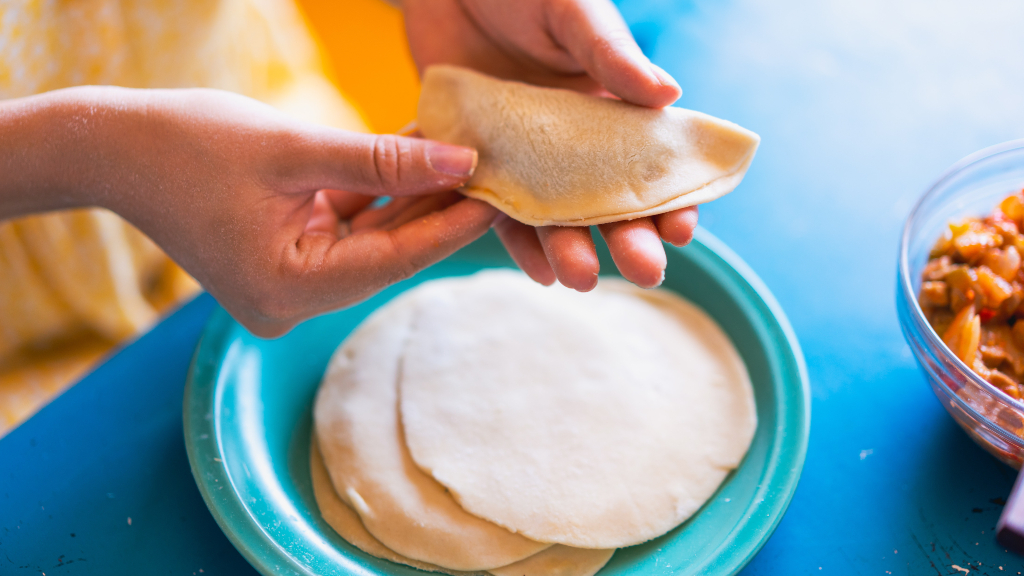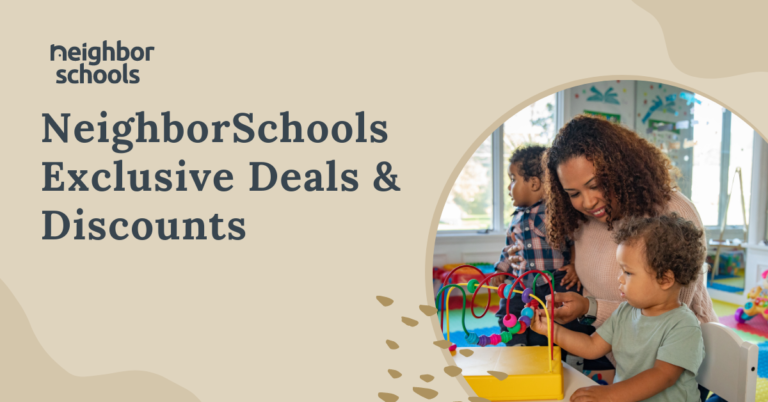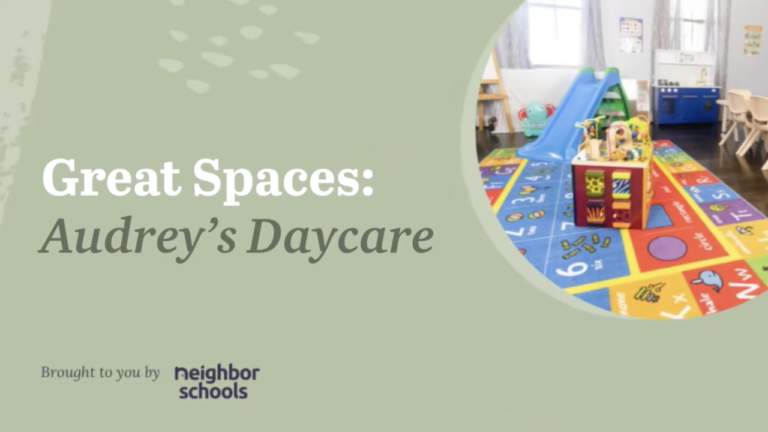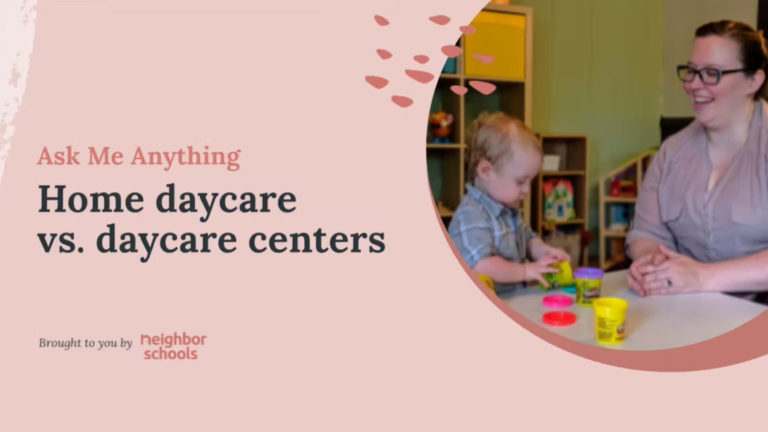Taking place from September 15 to October 15, Latinx Heritage Month is a celebration of the rich Latin and Hispanic cultures of the world. It’s a perfect occasion to introduce kids to different traditions, stories, and languages. Here are 5 simple ways to integrate cultural and language learning into your daily plan.
1. Make Traditional Foods
Lili Chacon, who runs a Spanish immersion Montessori in Newton, MA, loves to share traditional dishes from her home country of Costa Rica with the children in her program. She recommends simple foods like corn tortillas and frijoles molidos, black beans mashed with a pinch of salt; a teaspoon each of sugar, milk, ketchup; and a dash of Salsa Lizano, a popular Costa Rican condiment.
While Lili honors her Costa Rican roots, you can explore different regions of Latin America through food. Think kid-friendly tacos, fried plantains, rice and beans, and empanadas.


2. Read Books by Latinx Authors
Celebrate diversity at story time with books that highlight the Latinx experience. Bilingual books are also an excellent way to teach kids a few words of Spanish. These popular stories would be great additions to your library:
- “Bright Star” by Yuyi Morales
- “Chicano Jr’s Mexican Adventure” by Raúl Jiménez
- “Paletero Man” by Lucky Diaz
For more book ideas, check out the Diverse Book Finder.
3. Dance to Latin Music
Elba Perez, who runs a fully bilingual home daycare in Dedham, MA, loves to build cultural bridges through music. She and her little ones dance together everyday, usually to Latin and Spanish-language songs. “Being exposed to other languages at an early age is a complete benefit to them,” she says. “The earlier the better.”
Both Elba and Lili recommend YouTube for finding music to play. A couple of Lili’s favorites are the children’s song “El Sapito y La Princesa” and “Represento,” which has a Latin beat with family-friendly lyrics.
Remember to be sure to check the lyrics first when selecting music for your program. You don’t want to accidentally expose little ones to adult lyrics in any language.


4. Learn About Inspirational People
There are many Latinx people who have made their mark on history. Why not teach your kids about a few of them?
Lili, who loves to explore space and science with her children, will mark Latinx Heritage Month with tales of two fellow Costa Ricans: astronaut Franklin R. Chang-Diaz and symphony conductor Giancarlo Guerrero.
“When you have an open mind to learn about people from another country, everyone wins,” she says.
Other inspiring figures are Supreme Court Justice Sonia Sotomayer, civil rights leader Cézar Chávez, and artist Frida Kahlo. All three have children’s books written about them.
These inspirational stories can help expose kids to diverse life experiences and provide new role models for little ones who see themselves in these Latinx figures.
They’re also a powerful tool to provide representation for little ones who see themselves in these Latinx figures. As the saying goes, “You can’t be what you can’t see.”
5. Have Fun With Foreign Languages
Take a page from Lili and Elba’s book and introduce your kids to a few words of Spanish (or one of the many other languages spoken in Latin America). You can play games that incorporate Spanish, read bilingual storybooks, or simply label classroom items in Spanish.
Spanishmama.com is a great resource to help you get started.






